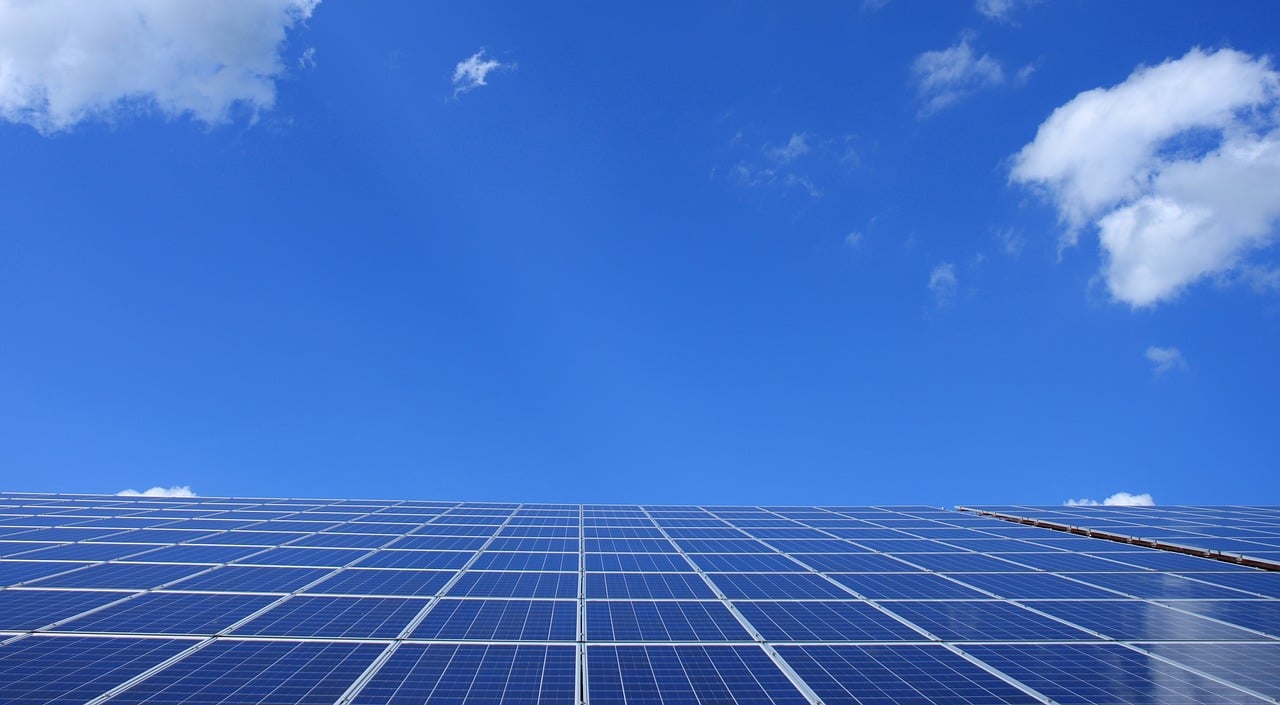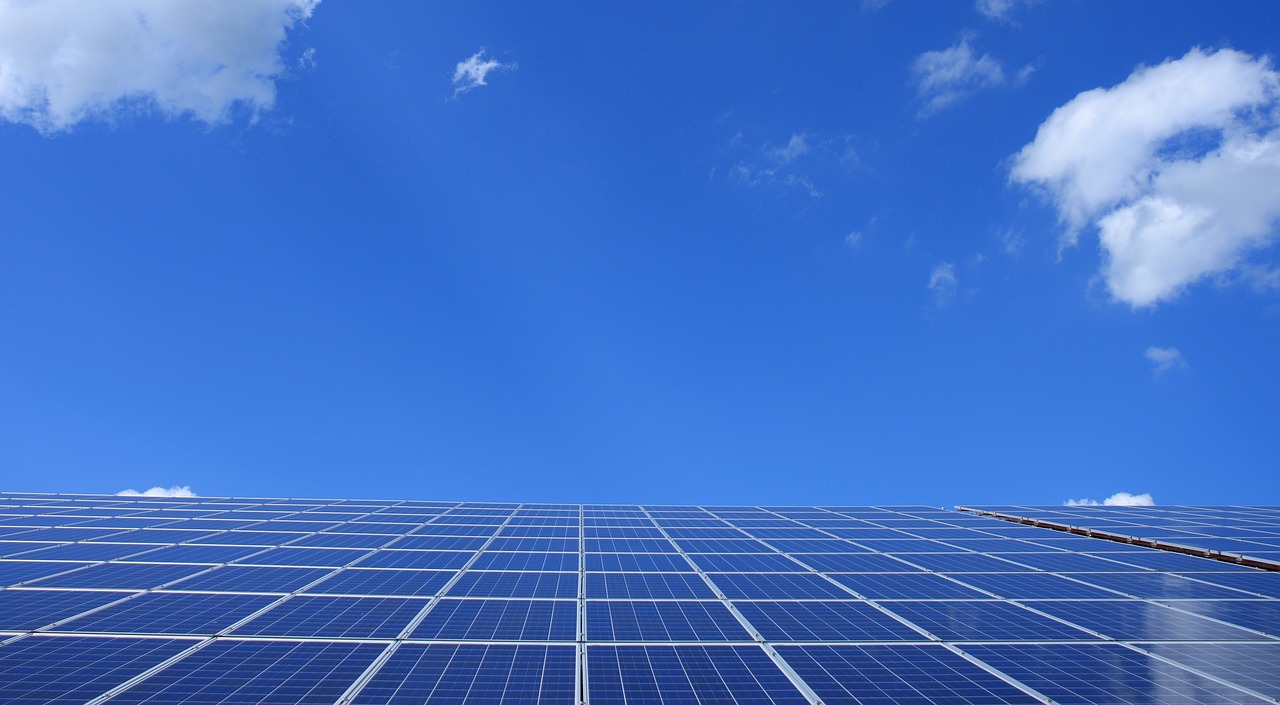
Despite their spectacular rise in the past few years, solar panels are still perceived as a novelty ahead of its time. While people in general agree that solar technology is good for the environment, not many think of it as a viable alternative to fossil fuel energy. Let’s delve into the most persistent myths surrounding the solar panels and prove them false.
They’re only good for warm and sunny climates
The truth is that solar panels harness the sun’s radiation energy, not its temperature. What is more, they even work better in climates with lower year-round temperatures, since electrical conductivity is inversely proportional to heat. Then it shouldn’t surprise that Germany is the European leader in solar power systems installation. In addition, since cold climates typically suffer from high energy costs for lighting and heating, especially during winter months, solar lighting and heating systems help offset those costs in the form of credits to be used when not much solar energy is produced.
Solar panels are useless at night
While technically solar panels don’t produce any energy during the night, most solar systems are tied to the grid so the surplus energy they produce during the day is returned to you do draw on as a credit when needed, for example at night. On the other hand, if you want to get off the grid completely, you can purchase solar batteries and store the energy that exceeds your use during the day to be used at night.
They are too expensive for average households
Many are turned away from having solar panels installed since they believe the unit price and installation costs are too high. The truth is that the initial costs depend greatly on the size of both your property and system you want installed, but it’s been determined that 5kW solar systems provide the best return on investment as the installation costs and energy gains are concerned. These systems are suitable for both average-size households and external solar lighting. Another key to reducing solar system costs is researching what local and state tax credits and rebates are available in your area. When combined, these government incentives can reduce installation costs even up to 50% in some cases.
The payback period is too long
The most commonly googled fact about solar panels is that it takes 25 years for them to start retuning the investment you made. However, in reality, depending on the size of your installation and the initial investment you could start seeing ROI much sooner. In solar systems, a return on investment is considered when the initial costs are paid for in energy savings created by the electrical power that the system generates. If you take advantage of the available credits and rebates, your investment can return in as little as four to six years.
In one way or another, solar energy’s being harnessed since as early as 1960s, with each generation of panels more advanced and cost efficient than the previous one. If you’re considering exploiting all the advantages of modern solar panel systems, don’t let yourself be discouraged by these solar energy myths but rather research the costs and incentives for an optimal configuration.
About the Author: Lucas is a real estate agent and renewable energy consultant with many hobbies and passions, but above all, he enjoys the most spending time with his wife – Mara. He also likes Lord of the Rings. He, actually, very much likes Lord of the Rings. He is a regular contributor at smoothdecorator.com


